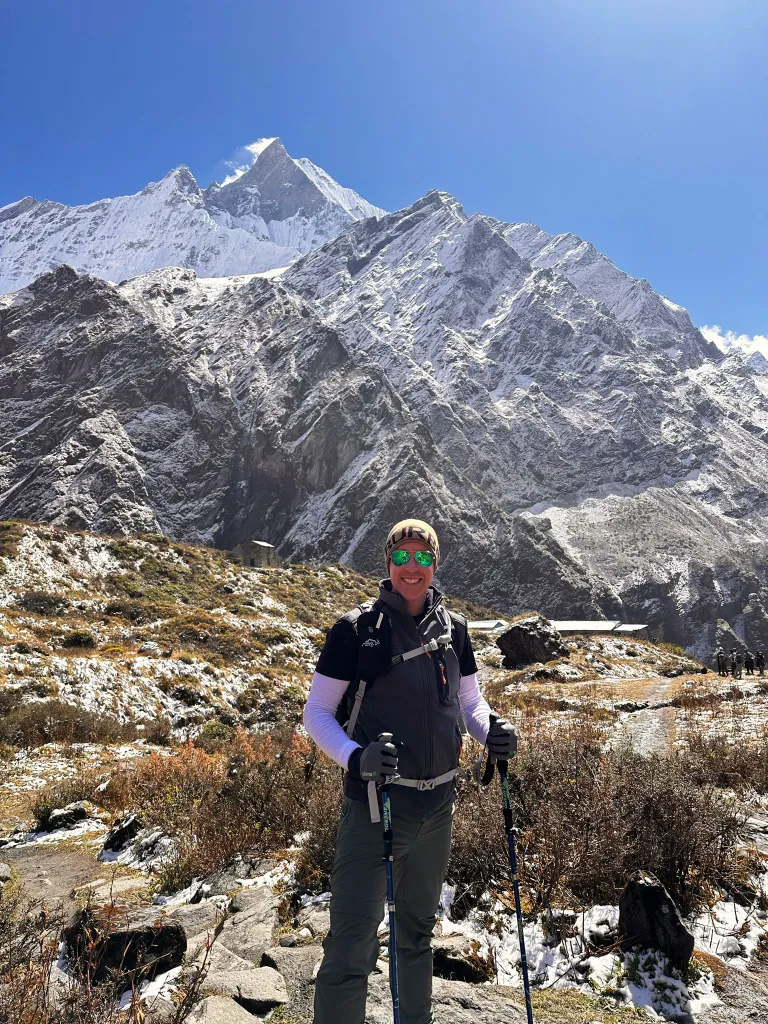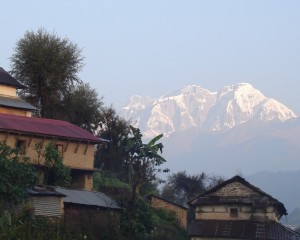Is trekking in Nepal safe?
Every traveler's main motive is always to stay safe. Some guidelines are established for the safety of trekkers in the mountains. The formidable Himalayas are risky if required guidelines are not followed.

Nepal is the ultimate destination for trekking. Most of the popular trekking routes of Nepal have all the necessary amenities which makes them safe than the unknown path. The most asked question about trekking is, How safe is trekking in Nepal & Can the most comfortable trekking path in Nepal can become dangerous?
A short answer to this question is yes. Nepal is very safe for trekking. There indeed occur multiple accidents and avoidable activities which doesn't mean trekking is not safe. Nepal is completely safe for trekking if you follow the needed guidelines, precautions, and safety measures while trekking to the mountains.
Weighing up the risks
Looking at the modern comforts like places to charge your phone to buy snickers on the journey, most of the trekking trails are present with these facilities but somewhat risks are included. Going to the off-beaten paths on the trails of the trekking destinations, the Annapurna Circuit journey goes to one of the highest settings on the earth.

The Thorung La trek at an elevation of 5416m, is one of the most challenging treks in Nepal that has multiple risks with its adventures. One of the very common risks, Acute Mountain Sickness (AMS), is considered the most and tried to prevent by taking longer days by acclimatization, taking medicines, and many others.
Climbing in any mountainous region of the world is no riskier than strolling during good weather conditions. Considering important facts like weather, environment, altitude, and physical strength, the risk may be increased or decreased.
Weather in Nepal
The weather in Nepal is quite predictable. If you go there at the proper time of the year, the weather favors you. You must keep in mind that you check the weather in advance before traveling to higher elevations in Nepal.
There may occur surprise rain or snowfall in most places, hence, this fact must be considered beforehand to make yourself comfortable later. Though trekking is safe in Nepal, being trapped while trekking due to weather is quite common.

Let's check some of the facts to help you avoid being trapped in a poor weather system. Don't go trekking in the rainy season in Nepal during May, June, July, and August. Also, Keep checking the weather forecast periodically. Fog and Black clouds give a message of bad weather, which can be prevented beforehand.
Avalanches in Nepal
Commonly, avalanches may occur at any time of the year at higher altitudes. Regardless of the season, avalanche is very common in mountainous region. You must keep in mind that there are high chances of an avalanche after a significant snowfall.
If you have searched about avalanches in Nepal, the devastating avalanche of October 2014 may have crashed your feed. More than 40 individuals perished in the devastating avalanche in Thorung-La of the Annapurna Circuit, which marked the area for the high chance of avalanche.

Don't rush into hiking or trekking when there are some chances of heavy snowfall. Also the time right after the earthquake must be avoided for further hazards. If you had to go through the landslide zones, take particular care to watch the falling rocks and pay attention to the uneven terrain.
Altitude Sickness
Acute Mountain Sickness (AMS) or commonly known as altitude sickness is a very serious risk if you are trekking in Nepal. This is the condition when your body doesn't get enough oxygen from the air you breathe.
Going to a higher altitude, the oxygen level in the blood decreases, which may increase the risk of altitude sickness. In most places of Nepal, the immediate solution for altitude sickness is not available, which means you must take your time, acclimate properly, walk slowly in the hills, stay hydrated and limit your sugar intake.
Types of Trekking
Most of the popular trekking routes of Nepal have all the necessary amenities which makes them relatively safer than going off the beaten path. If you are going for the first trek in the Himalayas, you should probably stick with the known routes with full availability of the guided path. Besides, if you choose to adventure in the off-beaten trails, take an experienced guide and research thoroughly. Taking precautions is important to be safe while trekking in Nepal.






